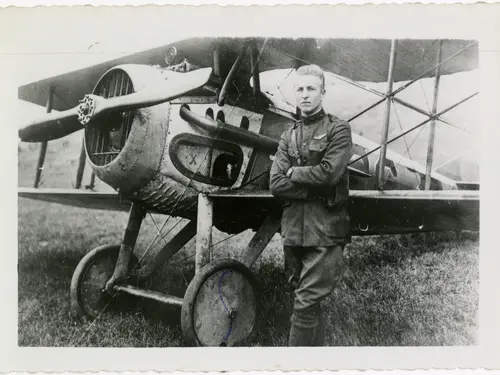Sopwith F.1 Camel
The Sopwith Camel is among the most significant and famous of all WWI aircraft. Camels downed 1,294 enemy aircraft, more than any other Allied fighter in WWI. The cowling over the two Vickers machine guns ahead of the cockpit created a distinctive “hump,” making the name Camel a natural choice, although it was never an official military designation.
Unlike the earlier Sopwith Pup and Sopwith Triplane, which were docile to fly and well-liked by pilots, the Camel was unstable, requiring constant input from the pilot. The gyroscopic effects of its powerful rotary engine made it dangerous for novice pilots, and almost as many were killed in accidents as died in combat. But its instability also contributed to it being agile and maneuverable, and once its tricky characteristics were mastered, the Camel was a superior fighting airplane.
The Camel entered operational service in July 1917 and remained a front-line fighter until the end of the war, with approximately 5,490 built. This example, B6291, served with No. 10 Squadron of the Royal Naval Air Service.
Display Status
This object is on display in World War I: The Birth of Military Aviation at the National Air and Space Museum in Washington, DC.






